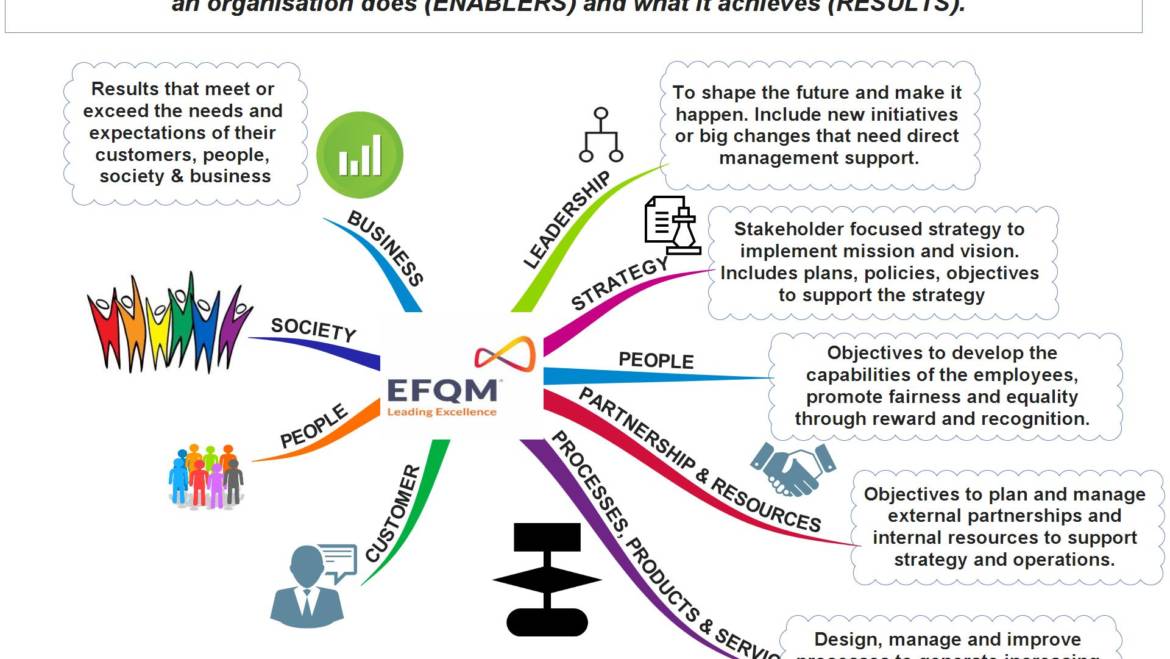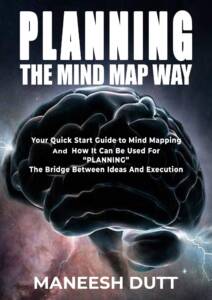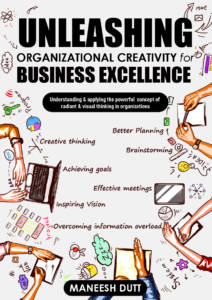The need for an organization to define & maintain formal annual goals cannot be overemphasised. They act not only as a magnetic compass providing a sense of purpose to teams but also help focus the collective energies of the various entities within an organization.
There are two main aspects of organizational goals.
Firstly, the very process of definition of the goals involving the senior management coupled with a mechanism to catch new ideas/inputs from across the organizational hierarchy.
Secondly, a deep deployment or cascade of these goals to each employee of the organization. The more the visibility provided to the goals, the better it will garner the support from all quarters of the company and greater will be the chances of achieving them.
Having said that, in my experience, there are still several small to mid-size organizations (and few large organizations too) who do not believe in the power of setting formal organizational goals leave alone the aspect of communicating them well to the complete organisation. Some possible reasons for this could be:
- Lack of clarity on what the goals should be.
- A sense of comfort in the short-term ad hoc goals being defined over the years.
- A false belief that setting organizational goals is a complex and theoretical exercise.
- A fear of committing to targets which may or may not be achieved.
- A related fear of communicating them to all the employees.
- Believing that we are too small to have formal goals & targets.
- Why commit to any goals when our macro environment cannot be controlled.
(Can you think of more reasons? Do share them in the comments below, thanks!)
Whatever may be the reason because of which an organization chooses not to have formal goals, it fails to make use of this as an opportunity to integrate various organizational functions, energize employees to common objectives and provide a sense of purpose.
At the same time, the process of defining, communicating and tracking the objectives should not be so cumbersome that it consumes substantial amount of time of the Sr. Management.
There are many strategic frameworks available for defining organisational goals (Mckinsey’s Strategic Horizon, Balanced Scorecard, EFQM etc. etc). Depending on your company’s vision statement you could choose the one most appropriate for your organization. Irrespective of which framework you choose or are using currently, it is important that you simplify its application, without losing its core essence, so that it is easy to communicate to a larger audience. One such simplification technique is Mind Mapping which allows you consolidate your goals onto a single page. Let’s look at an example on how to use it with one of the strategic framework models from EFQM.
(The current model of EFQM is based on Directions, Results and Execution, however for ease of understanding I am presenting here an earlier version of the EFQM based on 9 pillars divided into Enablers & Results)
The 9 pillars model of EFQM, for setting annual organizational goals, can be captured easily in the Mind Map template shown in the image above.
On one side you have RESULTS relating to all possible stakeholders grouped as Customer/People/Business/Society. Using this Mind Map template, the Sr. Management team first brainstorms to identify top 3-5 results for each of these groups. Once done the focus shifts to identify the ENABLERS grouped under Leadership/Strategy/People/Partnership & Resources/Processes, Products & Services. Looking at each of the result related goals identify at least one Enabler objective to be defined under any of these groups. Continue till you have addressed all the result goals and then insert any another long-term strategic goals which may currently not have a direct co-relation over a one-year period horizon.
Once completed you are ready with your 1-page annual goals for your organization which are easy to understand and can be quickly used for dissemination to a larger audience of your organization.
Now, if the thought of using a framework overwhelms you, you could even start with something simpler as simply consolidating the Goals of all your departments together like what is presented in the Mind Map below:
Follow the same process of brainstorming with your Sr. Management team to identify first the objectives that fall under the category of RESULTS, and then define corresponding ENABLERS to achieve them, all grouped by the various organizational departments.
Whatever framework you decide to adopt, the Mind Map consolidation of your goals would help in
– more effective brainstorming while defining the goals,
– quick identification of disconnects, if any, across the goals,
– easy communication across the organization’s hierarchy,
– quick review and tracking during the year.
Need some help with your organizational goals? Click here to drop me a message. And if you interested in investigating more Mind Map templates for a variety of meeting agenda’s and methodologies you can look up my book “How to have Mind Blowing, Engaging & Energising Meetings” (contains around 20+ ready reference mind map templates for a variety of meetings).
Available on Amazon, paperback as well as ebook. For those in India, for a limited time you can avail a 30% discount by ordering from my website directly using the coupon code READER30 at checkout.
(Also the two Mind Map templates presented here are now available on www.biggerplate.com in iMindmap format for those interested in using them as a starting point for your organizational goals)



